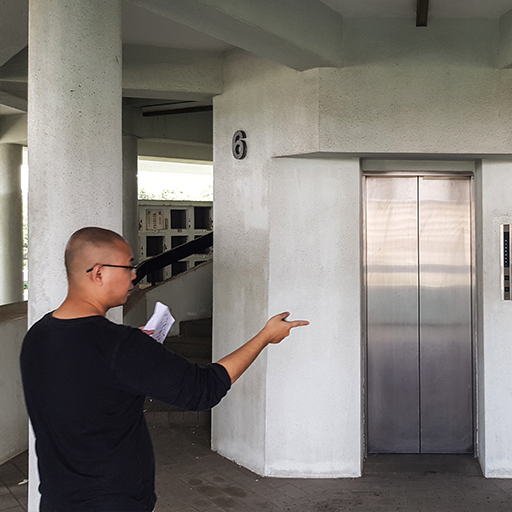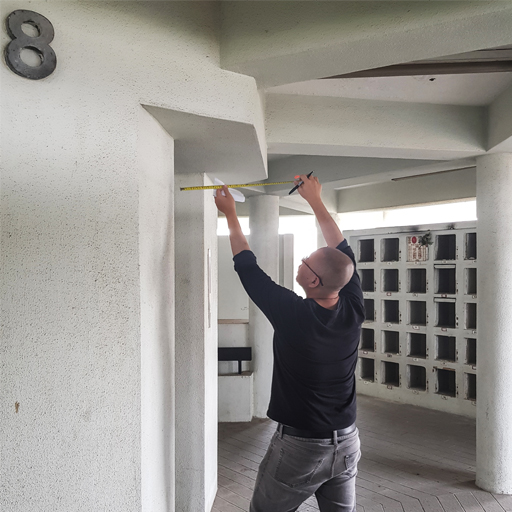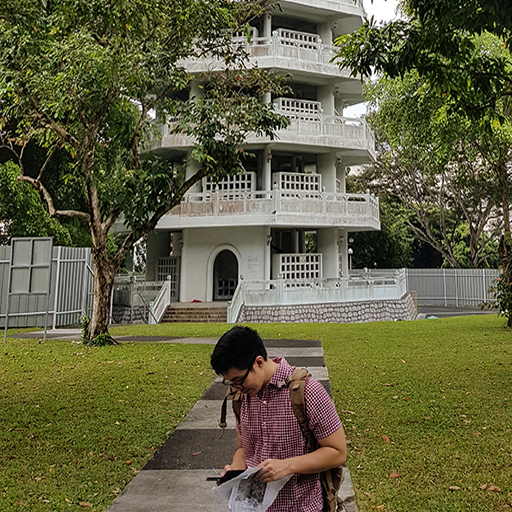Pagoda Columbarium Virtual Museum
Ang Chin Moh Foundation . 2019
Singapore
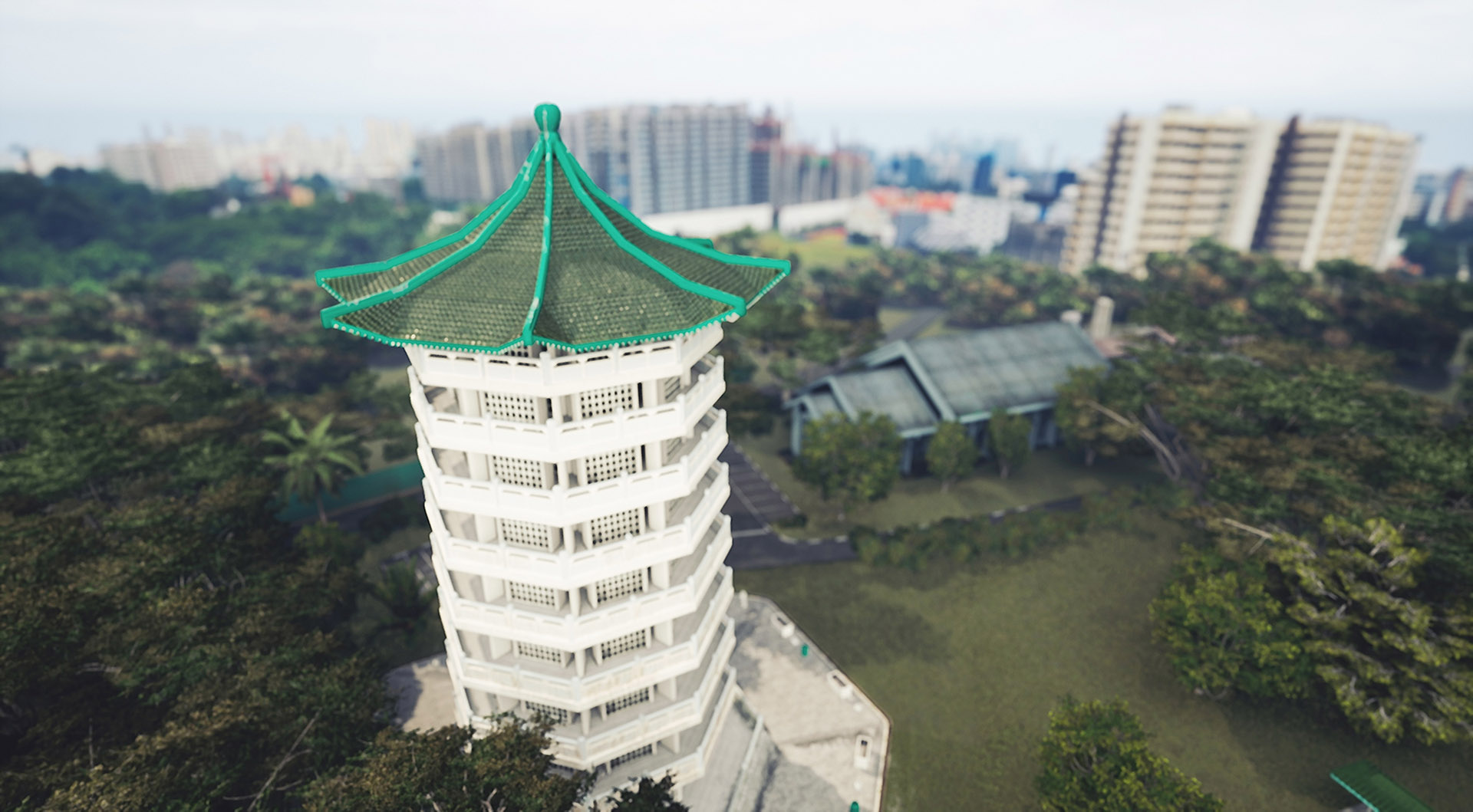
Virtual documentation of the Pagoda Columbarium at Mount Vernon Complex, Singapore.

VIRTUAL
TOUR

VIRTUAL
REALITY

PC
APP

PHOTOGRAMMETRY
As part of an ongoing digital conservation effort, Vouse has partnered with the Ang Chin Moh Foundation for the digital preservation of Mount Vernon Complex, which was slated for redevelopment in 2019. Mount Vernon Complex sits atop what was once Singapore’s largest grave site. Spanning over 0.13 square kilometers, it contained various columbariums and funeral parlours. This project is the virtual documentation of the Pagoda Columbarium that was a landmark in Mount Vernon. Using a combination of digital modelling from construction drawings and UAV photogrammetry, the virtual environment is recreated with accurate dimensions and real-life textures.
The Pagoda Columbarium, inclusive of the interior and exterior, as well as materials and tiles were photo-documented and arranged in a fully interactive and explorable PC app as well as VR app. Contact us for more information if you wish to experience the app.
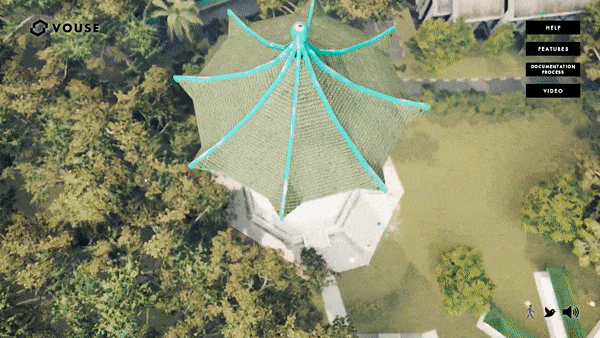
Explore the Pagoda from the exterior to the interior.
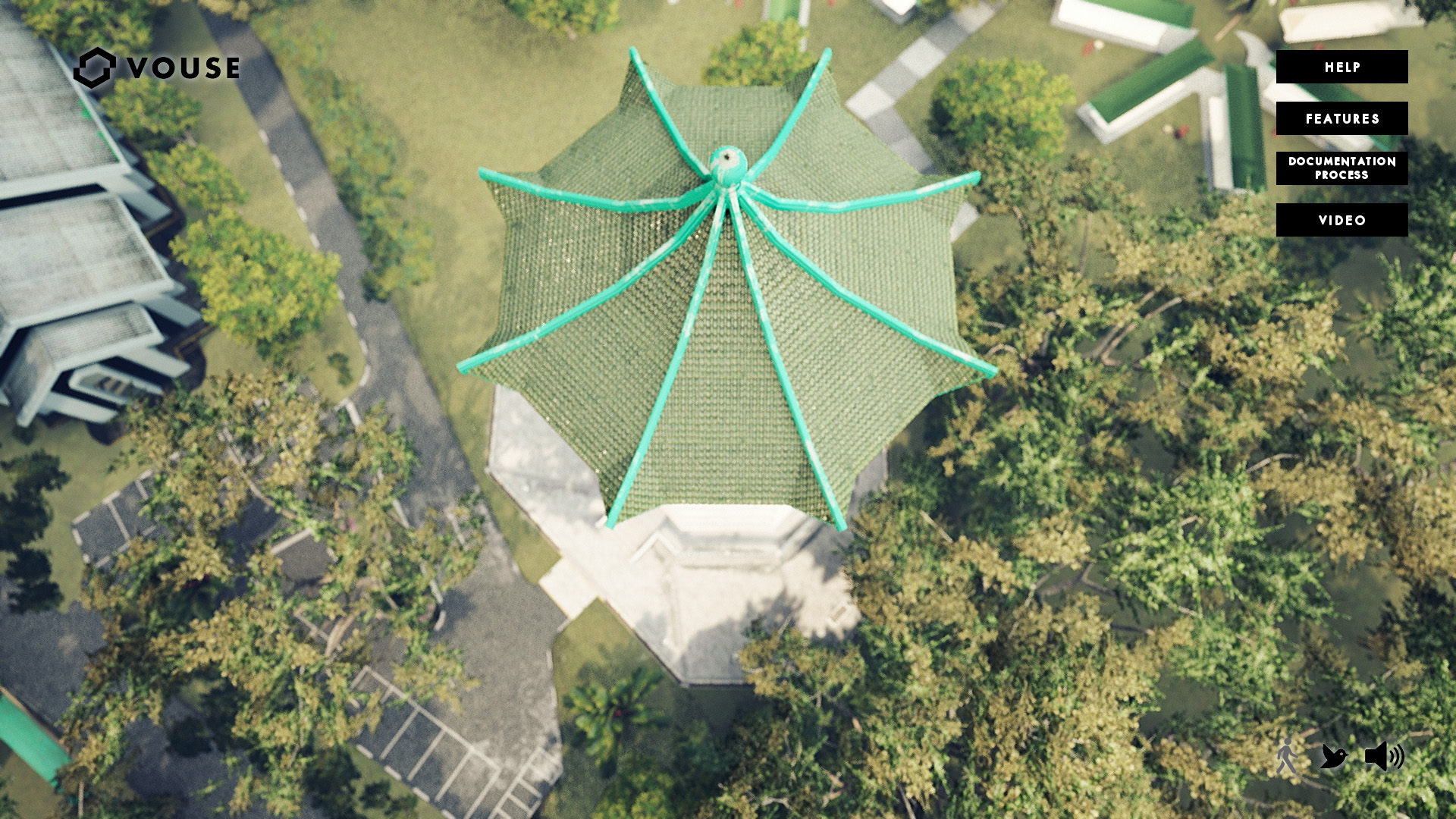
Fully digitally recreated exterior setting and environment.
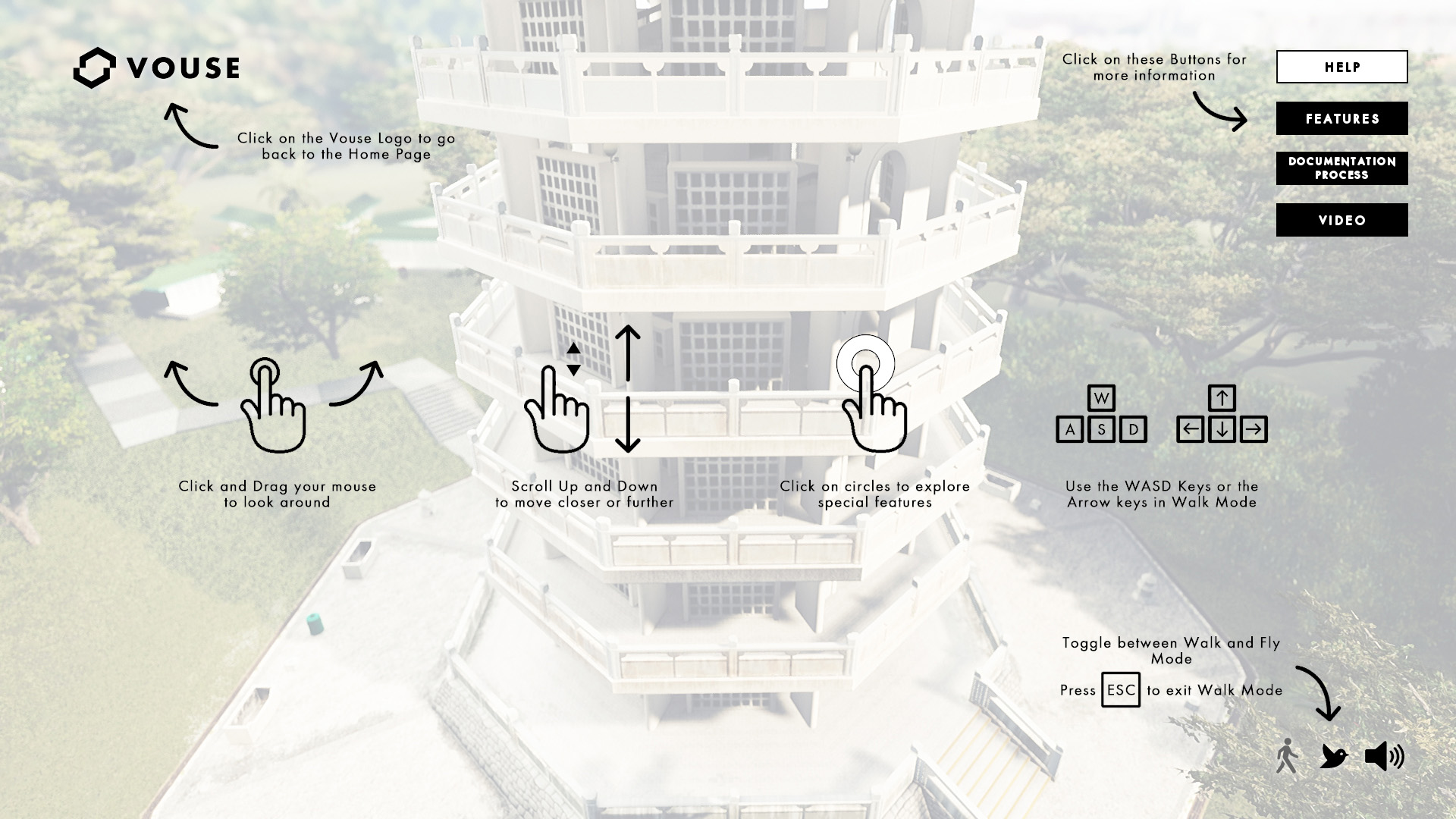
Instructions on how to navigate in game.
History
Built in 1962 when burials were still more popular, the first state-run crematorium existed as a forgotten counterpart alongside the Bidadari cemetery, operating with one funeral service hall that hosted only four cremations a week on average. Four years after Bidadari cemetery put to rest its final dead in 1972 along with the closure of other cemeteries, the crematorium grew to accommodate its own columbarium, starting with 3,000 niche slots organised in 15 roofless low-lying blocks. Over the next 10 years, the public columbarium at Mount Vernon grew to hold more than 10,000 niches built in a similar orientation, with a design upgrade of green-tiled roofs.
In September 2018, the funeral service hall tenants had their leases terminated. Redevelopment plans for the Bidadari area were announced in 2013. After the funeral service providers move out, the 7.1 ha area will be transformed into Bidadari Park as well as two Housing Board projects.
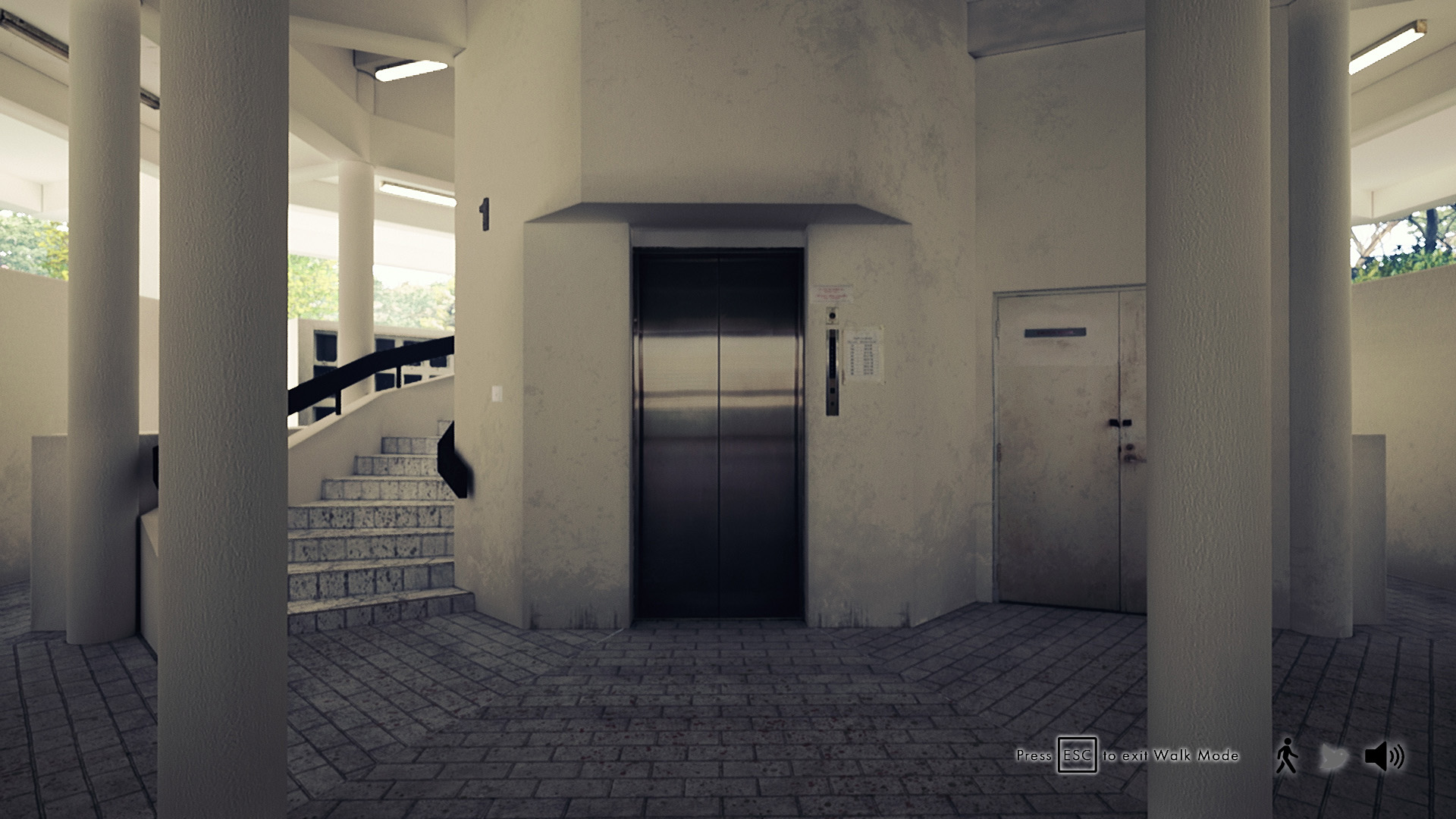
Lift lobby of Pagoda, documented with photo-textures.
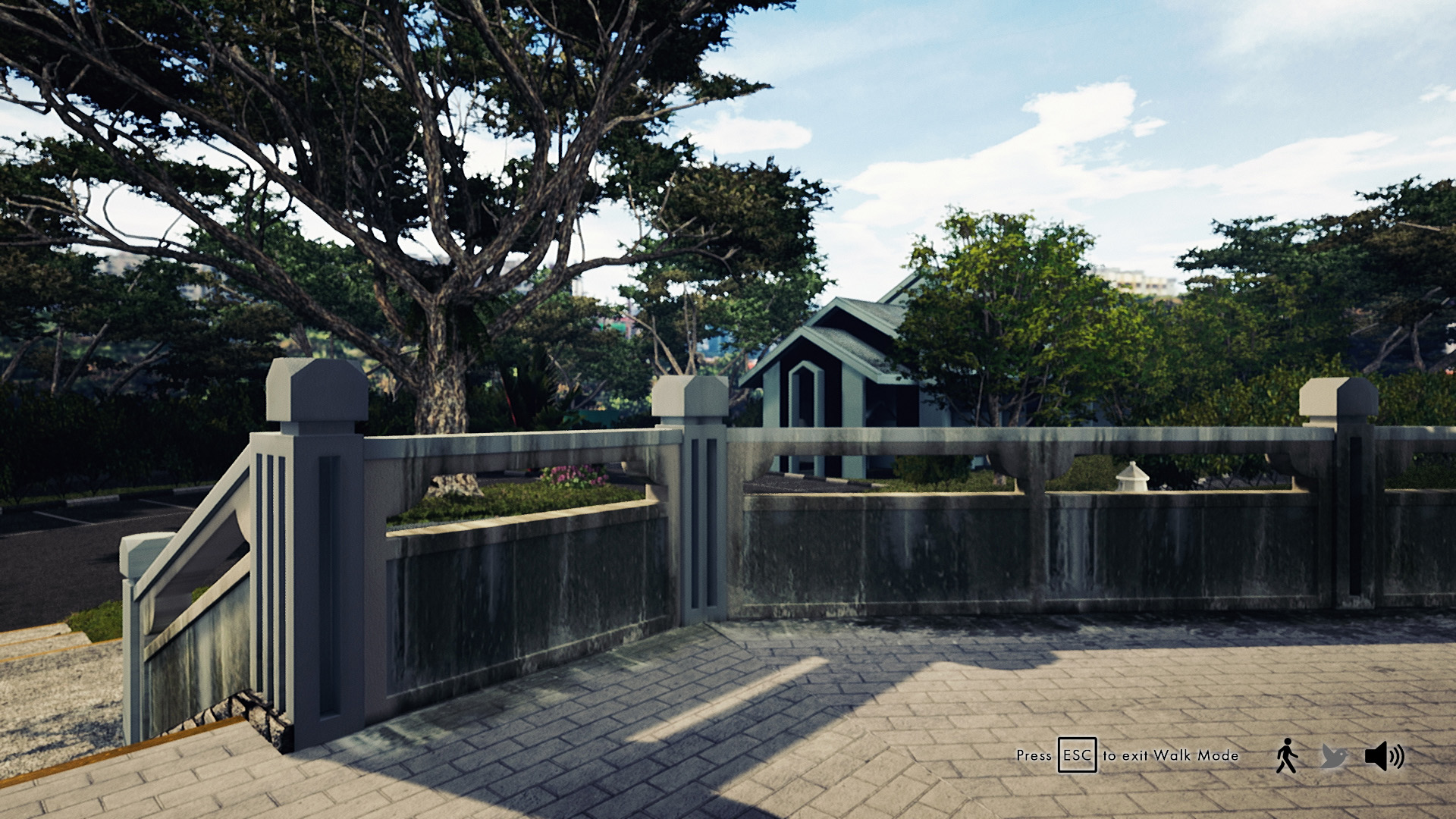
Accurate documentation of the site and setting to increse immersion.
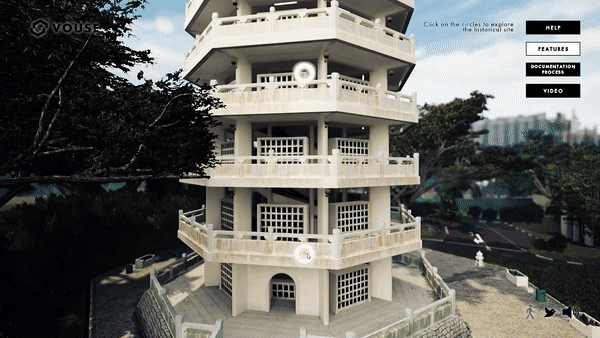
Move and explore the virtual Pagoda.
Cultural Significance
In 1987, the Mount Vernon Complex got the distinctive landmark it is now known for - a nine-storey, Chinese-style pagoda in which niche blocks were oriented in a hexagonal shape as a one solution to a space crunch. Along with a two-storey “church-style” building built beside it, the two “high-rise” columbariums collectively more than doubled the number of niche lots at Mount Vernon to offer 13,230 more niches.
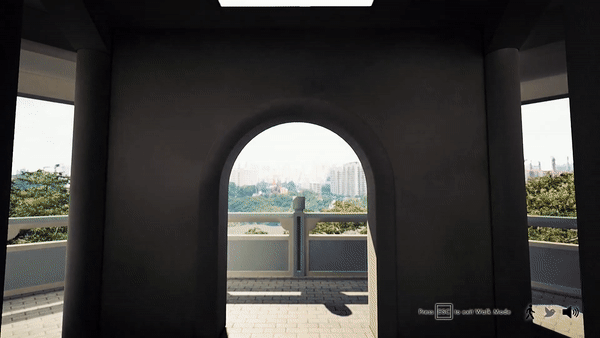
Pagoda with dirt and grime gathered over the years.
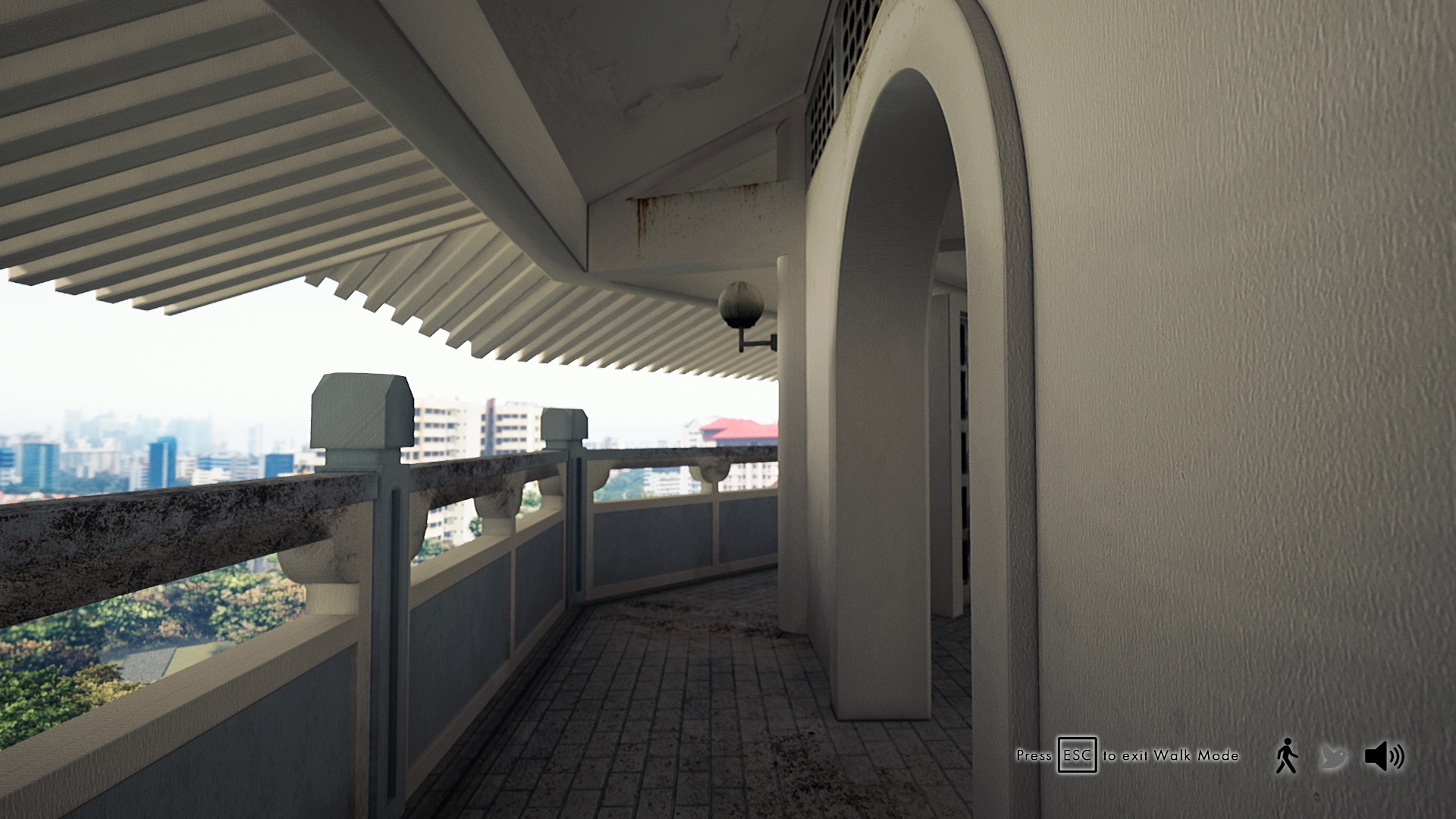
Level 9 of Pagoda, with a panoramic view of Singapore.
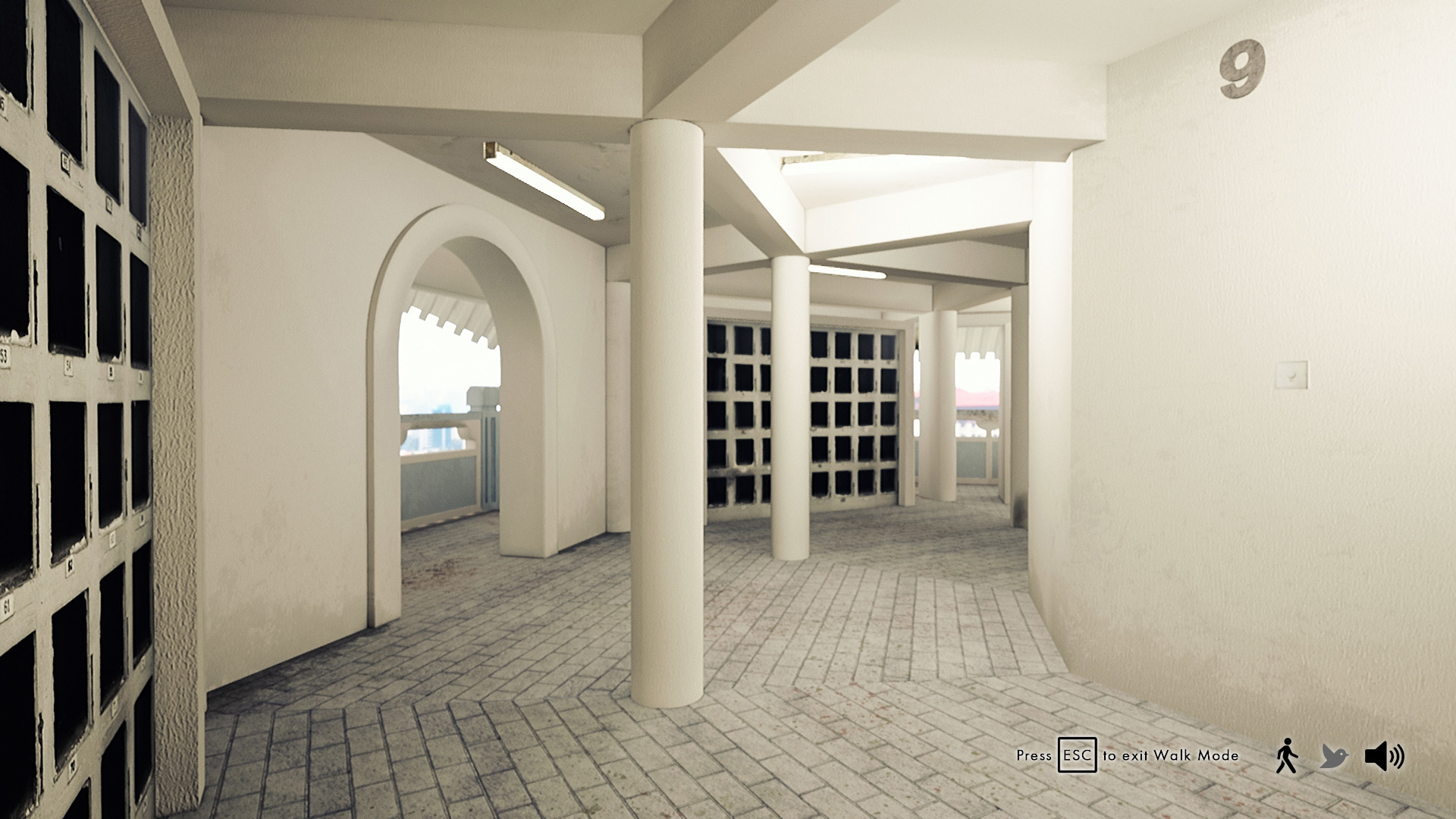
Level 9 lobby.
“High-rise” Afterlife
While the idea started out being foreign to Chinese customs, it later took on a life of its own. Some people started developing beliefs that a high niche placement is more favourable as the spirits of their loved ones can “start off being closer to heaven” and “bless descendants from (their vantage points)” to take on “high-ranking positions”.
Following the closure of Mount Vernon Columbarium, Family members were requested to relocate the niches of their loved ones. As of Aug 2018, about 2,700 niches at Mount Vernon Columbarium remained unclaimed, and the ashes will be scattered at sea.

